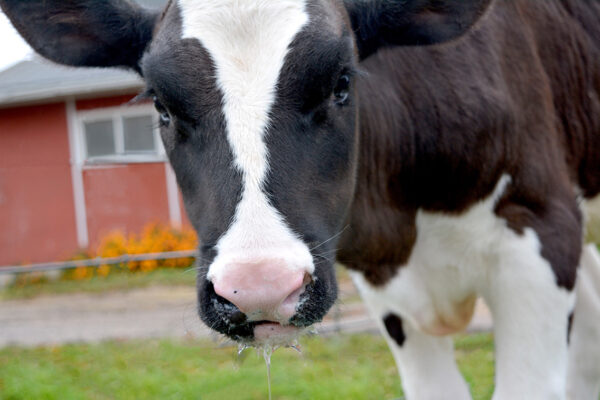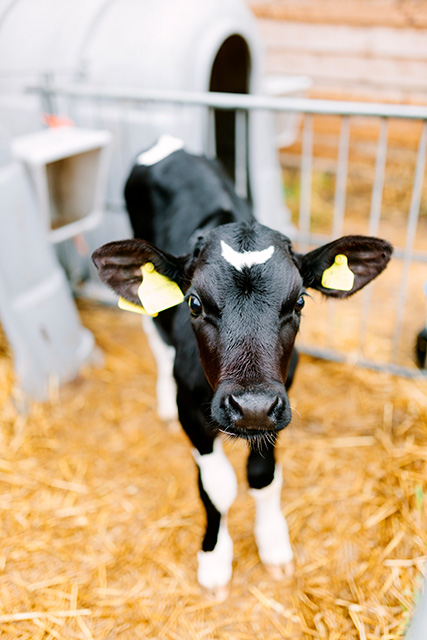Non-pharma solutions to scours are effective and more sustainable.
By Zach Janssen, DVM
Thanks to education and development of new products, tremendous strides have been made in reducing the severity and number of calves lost due to the main causes of calf scours. These primary causes remain consistent: bacteria (E. coli, Salmonella sp.), viruses (Rota, Corona), and parasites (cryptosporidia, coccidia). Because neither Rotavirus and Cryptosporidium respond to antibiotic therapy, veterinarians and calf raisers are turning to alternative solutions. Additionally, since antibiotic therapies for scours have come under close scrutiny in recent years more attention is being given to oral electrolytes.
The first step in scours recovery is to work closely with your veterinarian and utilize diagnostic testing to identify the timeline of when calves were affected and to determine which pathogen(s) are prevalent on your farm.
The three main goals of treatment therapy should be to:
- Combat the scours inducing pathogen
- Meet the calf’s physiologic needs (hydration, energy, acid/base balance)
- Restore gut health

When selecting an appropriate oral electrolyte solution (OES) there are critical criteria the solution must meet. This solution must meet the calf’s physiologic needs by providing the proper amount of sodium, amino acids including glycine to promote the absorption of sodium, energy sources such as glucose to correct hypoglycemia, and a buffer to correct metabolic (blood) acidosis with acetate and propionate being the preferred alkalinizing agents. Pay close attention to the osmolarity of the OES, with 400-600 mOsm/L being ideal. Continue to feed milk as it will be the calf’s main source of energy. Finally, resist the urge to mix the electrolyte into the milk or milk replacer to save labor. This practice can cause the osmolarity to increase and actually worsen diarrhea by drawing fluid into the intestines. Calves will also benefit from the hydration that the additional water mixed with the electrolyte provides.
Prevention of scours in your calves is the best strategy to help them stay healthy and realize the genetic potential we have been working so hard to achieve. But when scours do occur, work closely with your veterinarian and animal health provider to implement non-pharma protocols for an effective and sustainable recovery strategy.
When selecting an appropriate oral electrolyte solution (OES) there are critical criteria the solution must meet. This solution must meet the calf’s physiologic needs by providing the proper amount of sodium, amino acids including glycine to promote the absorption of sodium, energy sources such as glucose to correct hypoglycemia, and a buffer to correct metabolic (blood) acidosis with acetate and propionate being the preferred alkalinizing agents. Pay close attention to the osmolarity of the OES, with 400-600 mOsm/L being ideal. Continue to feed milk as it will be the calf’s main source of energy. Finally, resist the urge to mix the electrolyte into the milk or milk replacer to save labor. This practice can cause the osmolarity to increase and actually worsen diarrhea by drawing fluid into the intestines. Calves will also benefit from the hydration that the additional water mixed with the electrolyte provides.
Prevention of scours in your calves is the best strategy to help them stay healthy and realize the genetic potential we have been working so hard to achieve. But when scours do occur, work closely with your veterinarian and animal health provider to implement non-pharma protocols for an effective and sustainable recovery strategy.

